Periodic table showing the cosmological origin of each element r
By emitting alpha radiation or helium nuclei, an atom can transition from a high energy state to a lower energy state. This is why it is favored as a decay. The more protons the more repulsion and higher energy state. It's similar to electrons which go from higher energy states to lower ones by emitting photons.

PPT BASIC CHEMISTRY PowerPoint Presentation, free download ID6143329
The relationship between the number of protons and the number of neutrons in stable nuclei, arbitrarily defined as having a half-life longer than 10 times the age of Earth, is shown graphically in Figure 25.3.2 25.3. 2. The stable isotopes form a "peninsula of stability" in a "sea of instability.". Only two stable isotopes, 1 H and 3 He.

See the Relative Size of Chemical Element Atoms Chemistry education
The more unstable an element is, the harder it is for a lab to actually prove they made it. For example, Organesson (element 118) decays in only milliseconds, and only five atoms ever have been (proven to be) made.. You can try and use elements larger than Ca-48, but this ends up less successful because the closer the two atoms are in size.
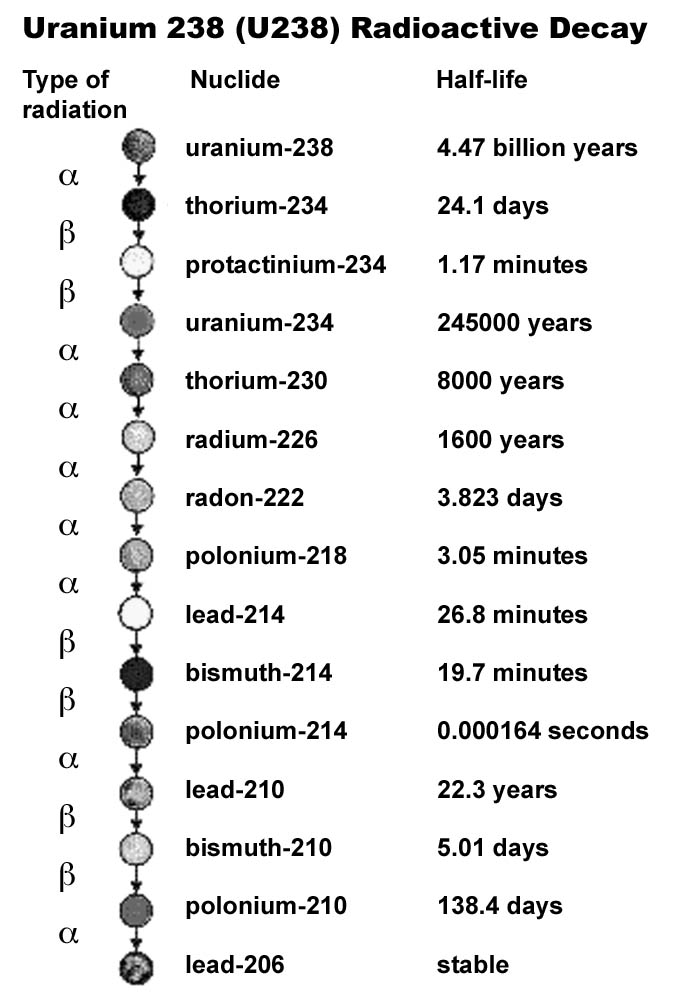
What is Your Cosmic Connection to the Elements?
For larger elements, the stable n/p ratio becomes greater than 1 as increasing number of neutrons is required to balance the increasing magnitude of electrostatic repulsion between protons. When the neutron to proton ratio is too high, the nucleus also becomes unstable because the average distance between nucleons will become too close, causing strong nuclear forces to convert from being.

Periodic Table Of Elements Color
They have forged 20 elements, but the task is getting harder and harder and the elements more and more unstable—the latest, element 112, lasts a mere 280 microseconds. Theorists predict, however, that this trend toward instability will take an upturn as they approach element 114.
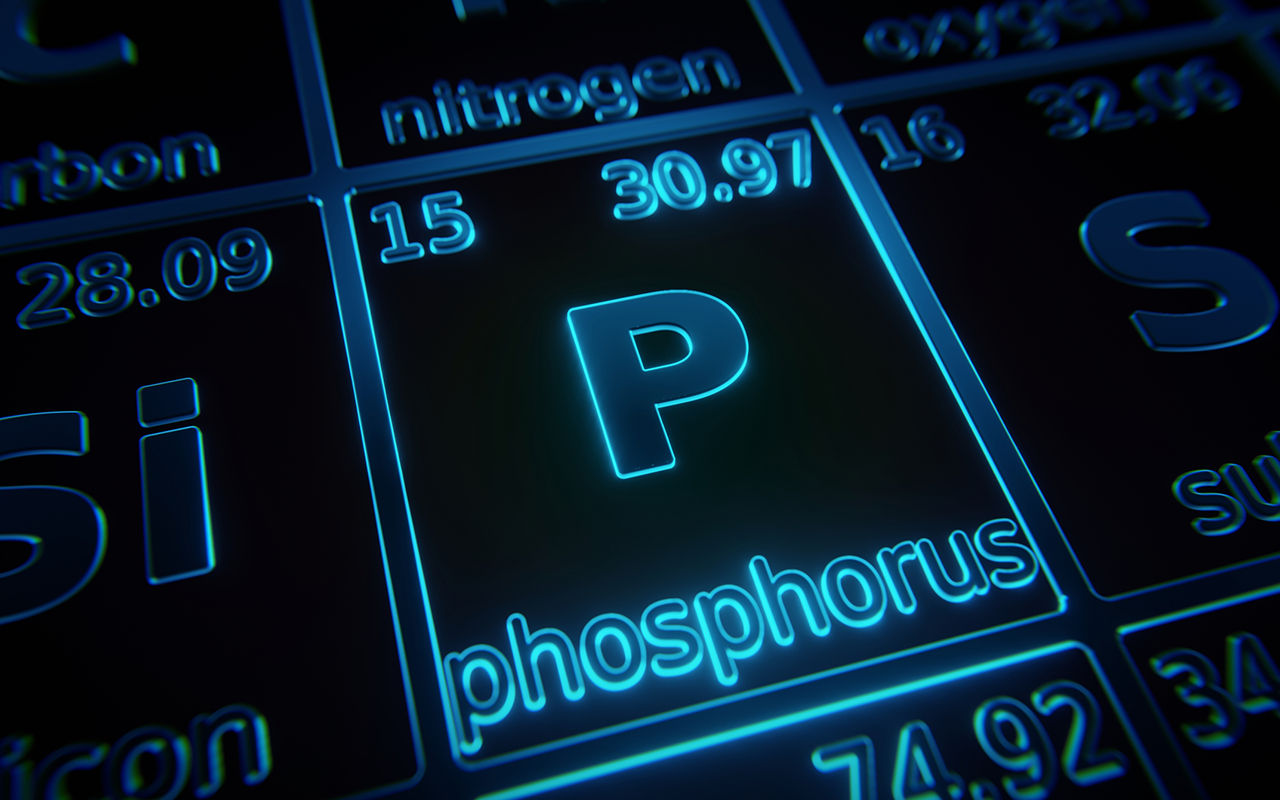
Unstable Molecule Clicks with Synthetic Strategy
The nuclear force only acts between nearest neighbors to hold them together- but the electrostatic force driving them apart has infinite range, so any one proton in the nucleus feels the repulsion of all the other protons. This is why you need extra neutrons (which bind via the nuclear force but do not experience the electrostatic force) as "glue" to keep all the protons stuck together.
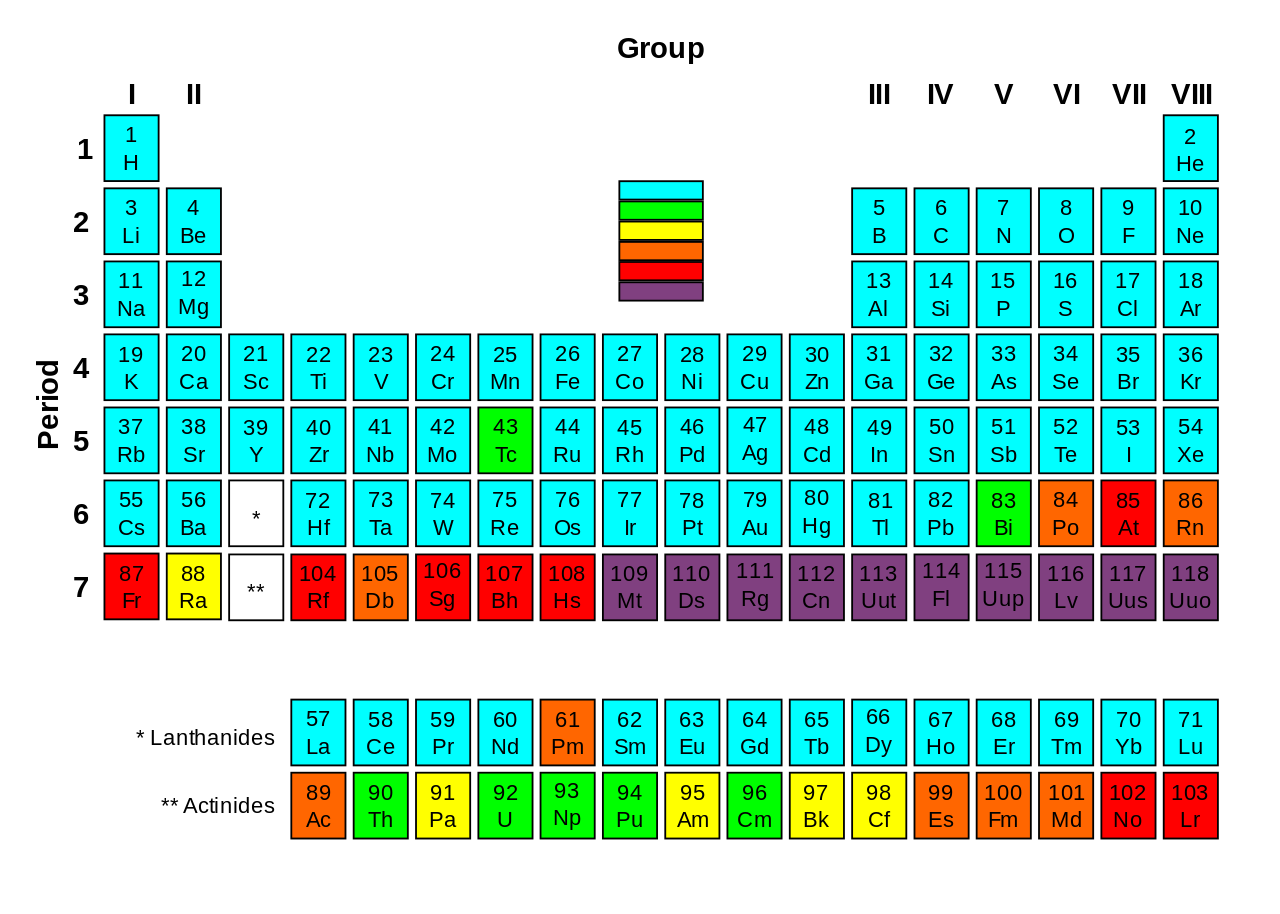
Unstable Isotopes
Figure 19.8.1 19.8. 1 The number of neutrons plotted against the number of protons for all the stable nuclei. Note how the neutron/proton ratio increases for the heavier elements. Another factor affecting the stability of a nucleus is whether the number of protons and neutrons is even or odd. Among the 354 known stable isotopes, 157 (almost.

Stable and Unstable Nuclei A Level Physics Revision Notes
Elements with fewer protons, such as the ones near the top of the periodic table, are stable if they have the same number of neutrons and protons. For example carbon, carbon-12 is stable and has.

Atomic Radius Study Guide Inspirit Learning Inc
We have observed that larger elements break up into smaller elements and in the process release energy. This is because the smaller nuclei are more stable (or rather, iron nucleus is the most stable and stability decreases as you move away from it) and the energy released is the result of achieving this higher stability.

Periodic Table Of Elements Printable
Half-lives of unstable elements vary by nearly 30 orders of magnitude. For comparison, the Milky Way's diameter is about 30 orders of magnitude larger than the width of a DNA helix.
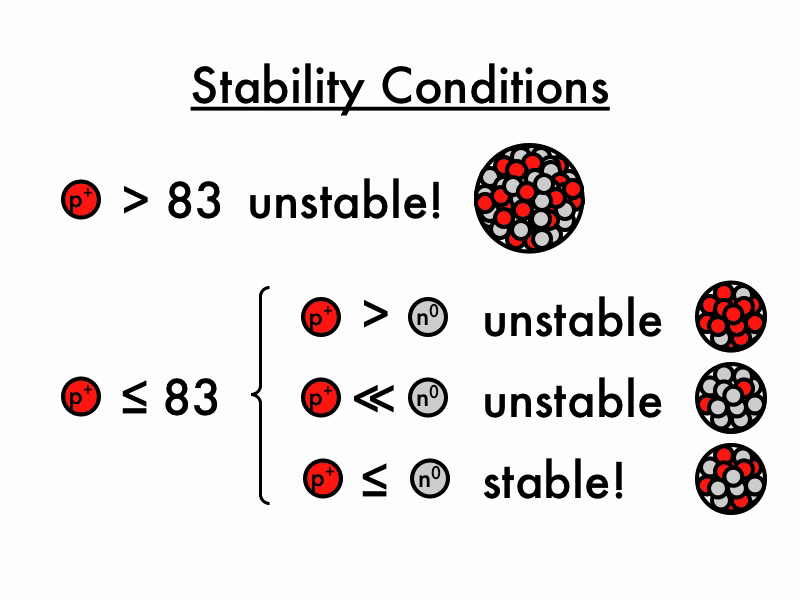
Nuclear Physics
More Topics Animals and Pets Anime Art Cars and Motor Vehicles Crafts and DIY Culture, Race, and Ethnicity Ethics and Philosophy Fashion Food and Drink History Hobbies Law Learning and Education Military Movies Music Place Podcasts and Streamers Politics Programming Reading, Writing, and Literature Religion and Spirituality Science Tabletop Games Technology Travel Popular Posts Help Center
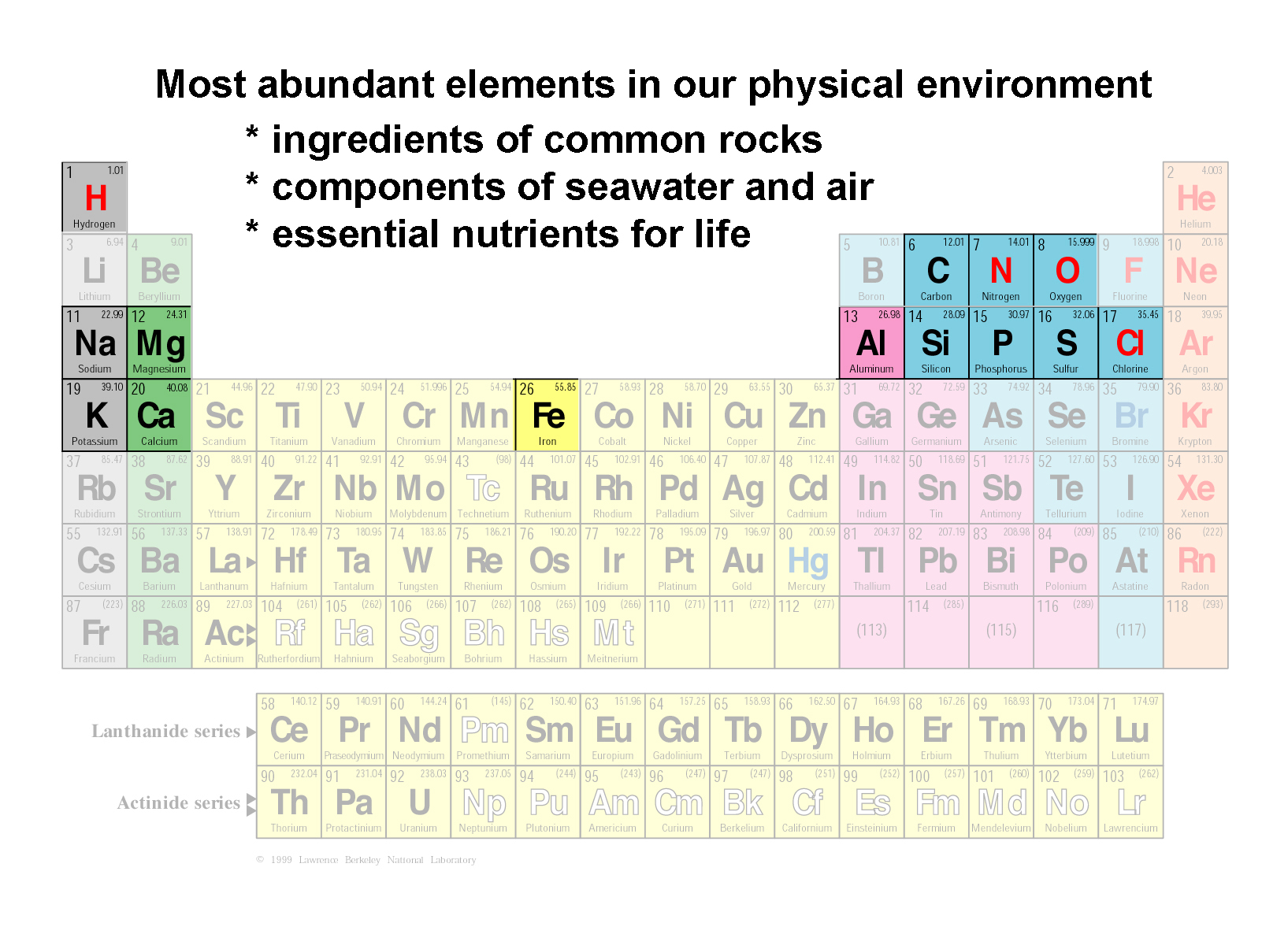
GotBooks.MiraCosta.edu
Atoms like to bond to become more stable. In my experience, early on elements are studied in elemental form to learn the mechanisms of how atoms bond. But as I got into more advanced topics of chemistry, we would move away from that and study compounds the same way they would naturally exist in the real world.
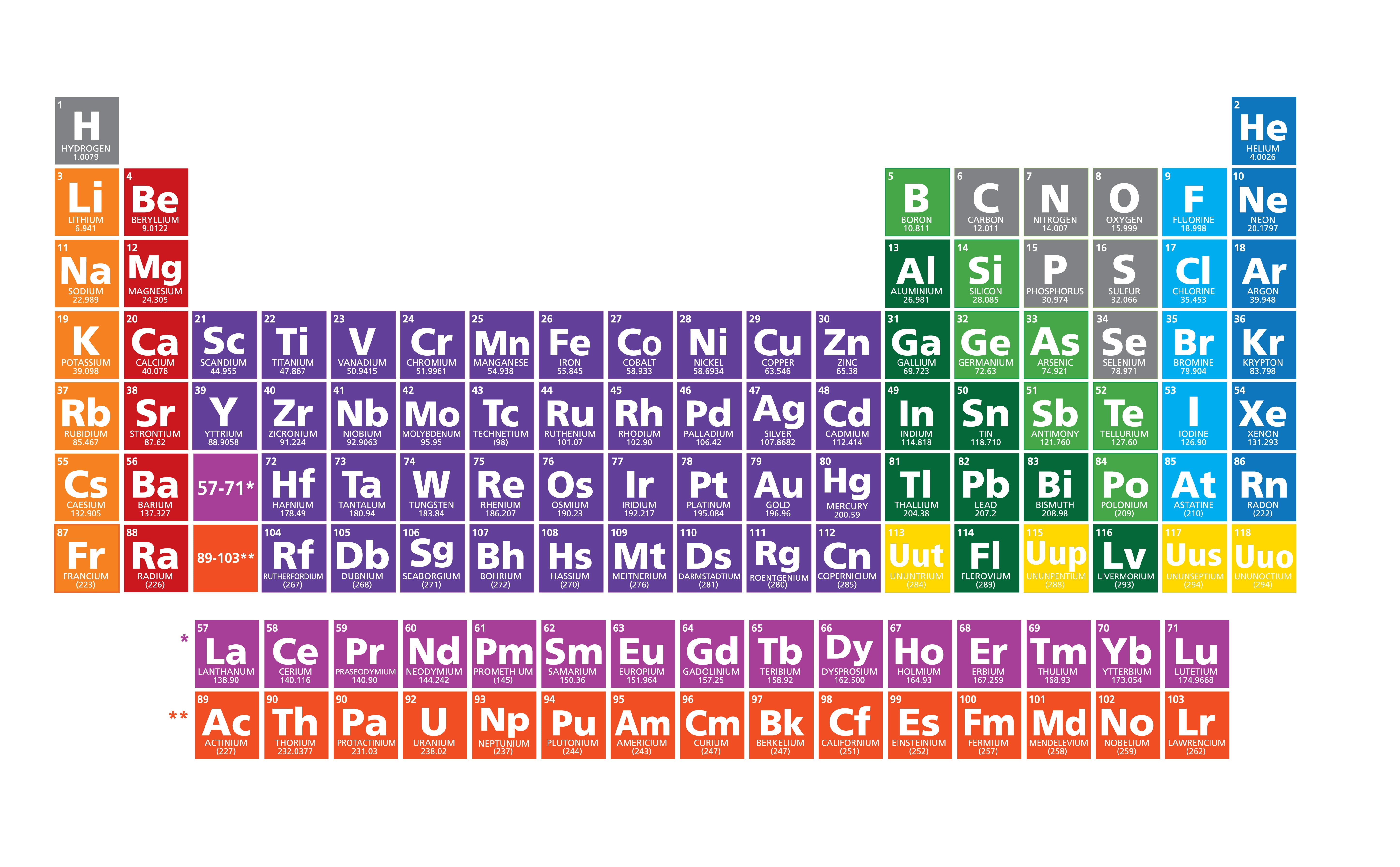
Hd Images Of Periodic Table Elements Elcho Table
You are on your way. Answer 2: The reason that different elements have different levels of reactivity has to do with the structure of the atoms themselves. An atom is made of protons, neutrons and electrons. The neutrons and protons are bundled up in the nucleus or center of the atom. The electrons on the other hand fly around the nucleus in a.

Here’s how long the periodic table’s unstable elements last
Elements beyond uranium should become more and more unstable as they get heavier, as Coulomb repulsion starts to be stronger than the strong force that holds the nucleus together. But in the late sixties, Glenn T. Seaborg postulated the existence of a relatively stable region of superheavy elements, an island of stability.
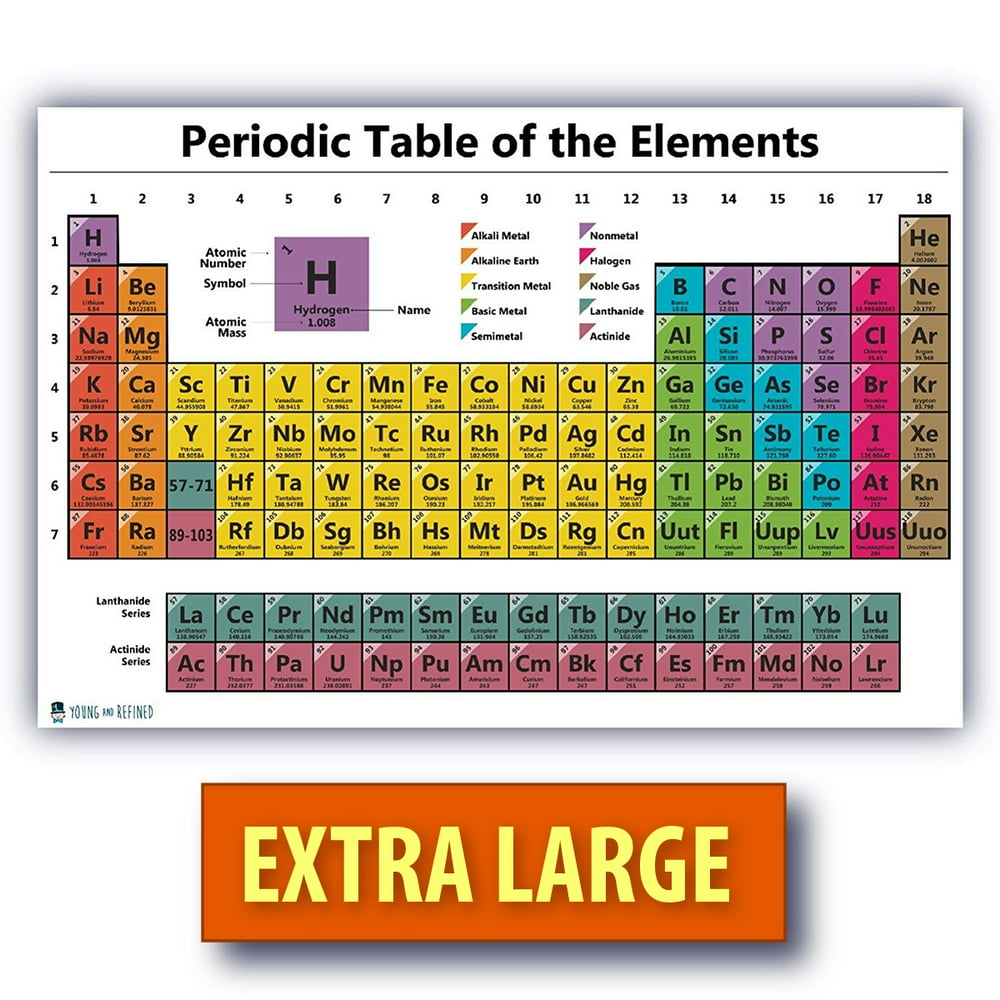
Periodic Table Explained For Kids
Superheavy elements, with atomic numbers near 126, may even be stable enough to exist in nature. 21.2: Patterns of Nuclear Stability is shared under a CC BY-NC-SA 3.0 license and was authored, remixed, and/or curated by LibreTexts. Protons and neutrons are called nucleons and a nuclide is an atom with a specific number nucleons.

9.9 Periodic Trends Atomic Size, Ionization Energy, and Metallic
This observation is shown in Figure 11.3.1 11.3. 1. The band of stability is the range of stable nuclei on a graph that plots the number of neutrons in a nuclide against the number of protons. Known stable nuclides are shown with individual blue dots, while the 1:1 and 1.5:1 ratios are shown with a solid red line and a green line, respectively.